
Shih Tzus are known as energetic, playful and has lively personality. Once you notice something strange with your Shih Tzu's behavior, you can be sure that he is feeling something different. Is he not...
Shih Tzus are known as energetic, playful and has lively personality. Once you notice something strange with your Shih Tzu's behavior, you can be sure that he is feeling something different. Is he not as active as he is used to be?
Check out because he might be suffering from hip dysplasia. Hip dysplasia is a joint disease in animals, commonly found in dogs than in cats. Some says dysplasia is a genetic disease; some describes it as a developmental disease. Whether a genetic or a developmental disease, the fact remains that it is a disease thus something must be done to treat it.But before taking steps in treating this disease, it is important to fully understand what hip dysplasia is. Hip dysplasia is a condition wherein there is abnormality in the hip joint of a dog. It could affect left, right or both legs. In a dysplastic hip, the ball and the socket do not fit together resulting to damaging and painful friction. Most dogs with dysplasia are born with normal hips but because of genetics and other factors, the soft tissues that surround the joint start to grow along with the puppy.
So how will you know that a dog has dysplasia? Some puppies, as young as five months old will may experience symptoms such as difficulty in rising, lameness in the back legs soreness after lying down and after heavy exercise and reluctance to jump or stand on hind limbs. The usual active and energetic Shih Tzu may now have less energy and movement. They oftentimes avoid activities that involve much movement and energy. This disease if left untreated can lead to arthritis. And as time goes by, the dog may even need assistance in getting up or worst, may cripple the dog for life.
It has been said that dysplasia is an inherited disease. Yes, dysplasia is passed on through genes and develops over time. It may not be evident at once but it can be triggered by obesity, improper nutrition and other factors as well. Not all dogs with hip dysplasia show no signs of disease. The risk is that, these dogs may be included in a breeding program thus prevention of the disease can be impossible.
This disease, as much as it can be prevented can also be treated in many ways. These treatments include pain medications, weight loss programs especially for obese dogs, controlled exercise, good nutrition and physical therapy. But if the prior mentioned treatments are found ineffective especially in worst cases, another option is surgical treatment.
Dysplasia is a disease of large breed of dogs however, medium and small sized dogs such as Shih Tzus, is not exempted from being affected with this disease of the joint. It can be passed on through genes so it is important take extra care in breeding programs.
Article Tags: Shih Tzus
 How To Make Your Dog’s Christmas Day The Best One Ever
How To Make Your Dog’s Christmas Day The Best One Ever
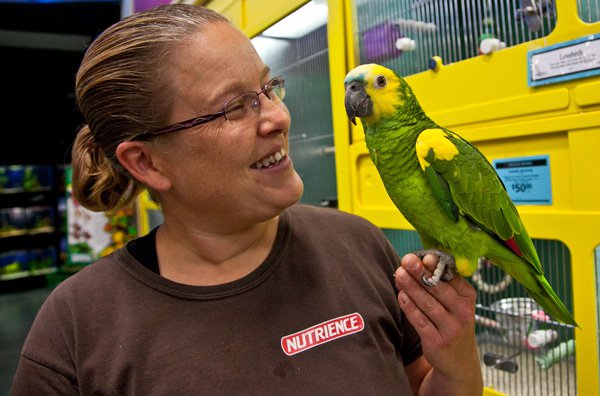 Keep Your Chickens Safe from Predators by Providing them with Chicken Runs
Keep Your Chickens Safe from Predators by Providing them with Chicken Runs
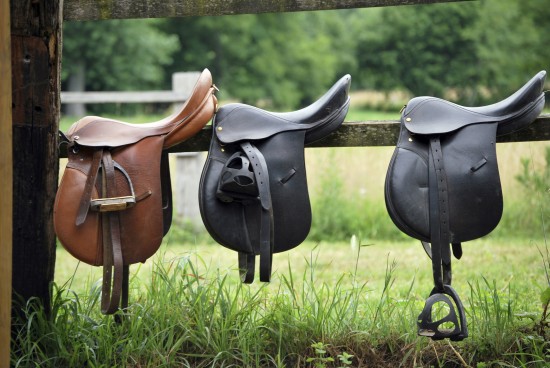 Understanding The Horse Saddle
Understanding The Horse Saddle
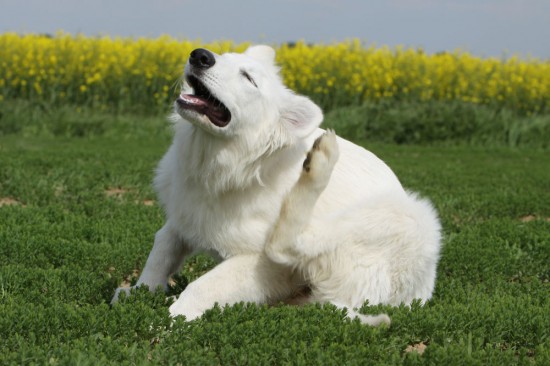 Dog Scratching - Why Your Dog Might Be Itching Himself To Distraction
Dog Scratching - Why Your Dog Might Be Itching Himself To Distraction
 All About Rex Cat Breeds - Curly Haired Cats
All About Rex Cat Breeds - Curly Haired Cats
 Dog Gear and Accessories for Training
Dog Gear and Accessories for Training
 Something Smells Funny – How Your Family Pet is Destroying Your Home
Something Smells Funny – How Your Family Pet is Destroying Your Home
 Can Dogs Eat Cheese?
Can Dogs Eat Chee
Can Dogs Eat Cheese?
Can Dogs Eat Chee
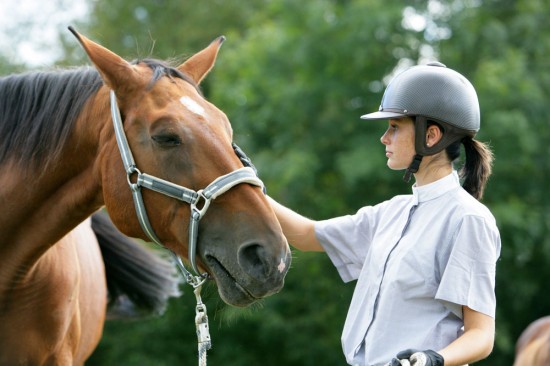 Learning To Horse Ride - The Top Five Mistakes Made By Novice Riders
Learning To Horse
Learning To Horse Ride - The Top Five Mistakes Made By Novice Riders
Learning To Horse
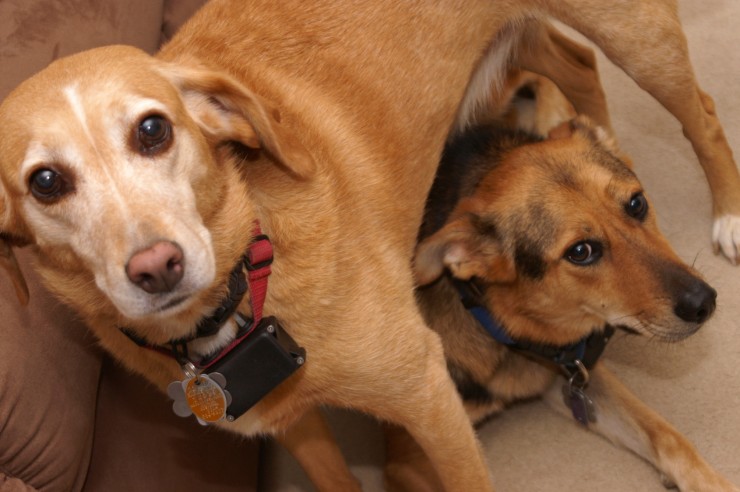 Electric Shock Collars For Dogs Good Or Bad?
Electric Shock Co
Electric Shock Collars For Dogs Good Or Bad?
Electric Shock Co
 Pet Proof Your Home
Having pets are liking having small children at home. We
Pet Proof Your Home
Having pets are liking having small children at home. We
Copyright © 2005-2016 Pet Information All Rights Reserved
Contact us: www162date@outlook.com